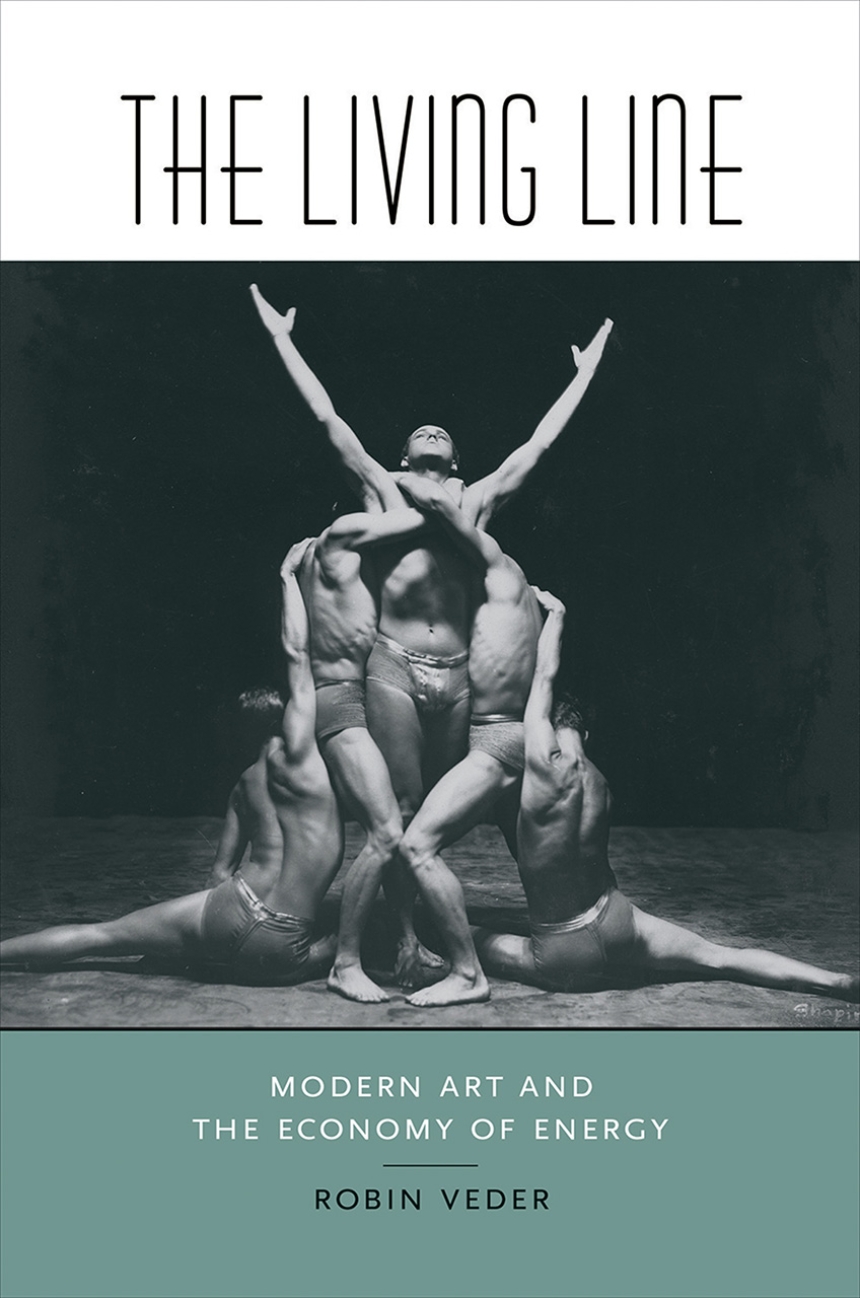9781611687248
9781611687231
9781611687255
Robin Veder’s The Living Line is a radical reconceptualization of the development of late-nineteenth- and early-twentieth-century American modernism. The author illuminates connections among the histories of modern art, body cultures, and physiological aesthetics in early-twentieth-century American culture, fundamentally altering our perceptions about art and the physical, and the degree of cross-pollination in the arts. The Living Line shows that American producers and consumers of modernist visual art repeatedly characterized their aesthetic experience in terms of kinesthesia, the sense of bodily movement. They explored abstraction with kinesthetic sensibilities and used abstraction to achieve kinesthetic goals. In fact, the formalist approach to art was galvanized by theories of bodily response derived from experimental physiological psychology and facilitated by contemporary body cultures such as modern dance, rhythmic gymnastics, physical education, and physical therapy. Situating these complementary ideas and exercises in relation to enduring fears of neurasthenia, Veder contends that aesthetic modernism shared industrial modernity’s objective of efficiently managing neuromuscular energy. In a series of finely grained and interconnected case studies, Veder demonstrates that diverse modernists associated with the Armory Show, the Société Anonyme, the Stieglitz circle (especially O’Keeffe), and the Barnes Foundation participated in these discourses and practices and that “kin-aesthetic modernism” greatly influenced the formation of modern art in America and beyond. This daring and completely original work will appeal to a broad audience of art historians, historians of the body, and American culture in general.
